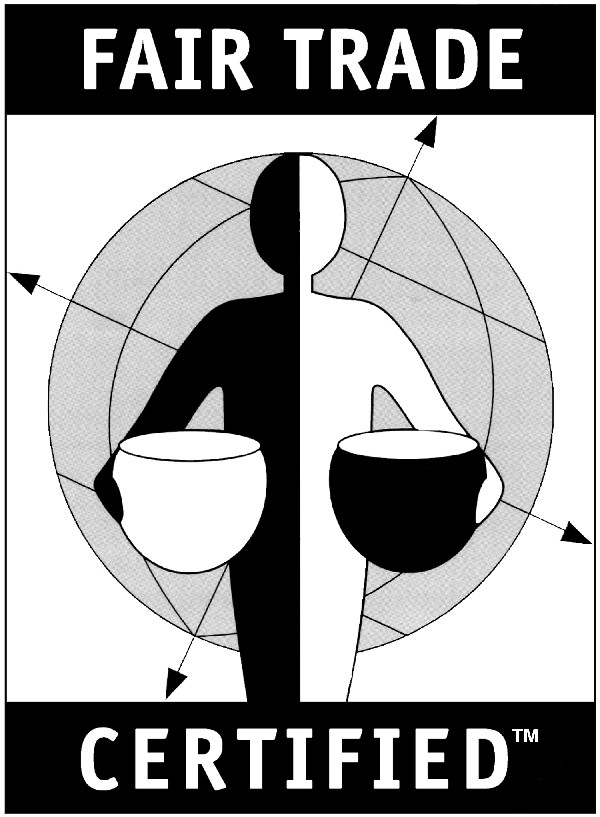El Niño and Coffee
The weather phenomenon known as El Niño is poised to return, a development that threatens to drive up prices for coffee and other food staples. El Niño is a band of warm ocean water temperatures that develops naturally in the equatorial Pacific region every few years. The resulting change in climate patterns across the Pacific Ocean causes fluctuations in droughts and floods in different regions of the world, thus significantly impacting crop yields. The fallout from an El Niño varies: the damage depends on both the timing and intensity of the El Niño. A strong El Niño last occurred in 1997, but several moderate El Niños have been experienced every few years since, with the last seen in 2009. The name El Niño is a Spanish reference to the Christ child because it often comes around Christmas, though forecasters in Australia say the next one could form as soon as July and it could lead to an increase in coffee and other food prices.
Speculations about the weather phenomenon, El Niño, have now added concerns about economic recovery. According to US government forecasters, there is a 65% chance that an El Niño will occur by the end of the year. This can cause coffee and other commodity prices to increase even further, and will exacerbate problems for farmers who have already suffered as a result of adverse weather. El Niño is also a concern because by impacting the demand for food and consumer goods from emerging markets, it can lead to a slowdown in the pace of economic recovery.

Food Prices Are Already Rising
Food prices, which were expected to remain flat this year, have already risen due to adverse weather conditions and supply concerns related to some major agricultural commodities – including cocoa and Arabica coffee. The Commodity Food Price Index has increased 6% year-to-date (YTD), and the prices of cocoa beans and Arabica coffee have increased 7.7% and 70.5%, respectively, over the same period.
The agricultural commodities that tend to suffer more as a result of an El Niño are coffee, cocoa, sugar, and soybeans. The prices for some mining-related commodities, such as nickel and copper, also tend to rise sharply during El Niño periods. Historically, these commodities have, on average, shown a 2-14% increase in prices. The sharp increase in food prices due to the rise in agricultural commodities prices may also be disappointing news for consumers in developing countries that import food products. This will negatively impact the demand for consumer goods from these regions, thus impeding the pace of economic recovery.
Rising Coffee Prices
An El Niño this year could result in rains in Brazilian during the second half of the year, which would slow the coffee harvest. Arabica coffee prices have already gone up this year because of supply concerns, and a slowdown in the harvest would only result in a further increase in prices. Historically, coffee prices have risen, on average, 10.2% during El Niño periods. Although coffee is a pass-through commodity, the price hike could negatively impact demand from both the developed and developing markets.
Rising Cocoa Prices
According to the International Cocoa Organization, an El Niño phenomenon reduces cocoa production by an average of 2.4%. Cocoa bean prices have already increased 7.7% this year on expectations of a shortfall in production, and damage from an El Niño could push prices even higher. Historically, cocoa prices have risen roughly 2.8% on average during El Niño periods.
Source: http://www.bidnessetc.com/







